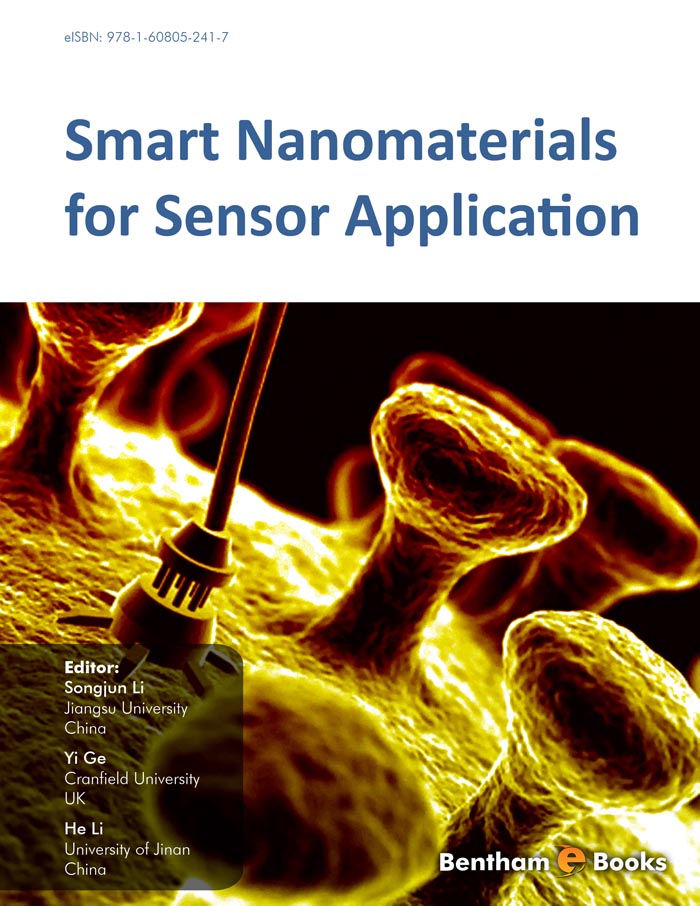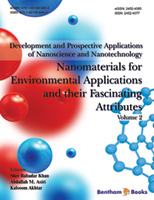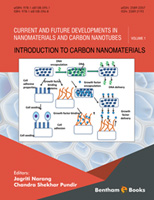Preface
There is tremendous implication in sensors and sensing systems, from environmental survey to protection, from separation to analysis, from electronics to materials, and from biotechnology to nanotechnology as well. Rising challenges in public exposure to pollution and hazardous substances have fueled a stringent requirement of developing novel sensors and sensing systems. Over the past decades, scientists with such backgrounds have been working under pressure to meet this stringent requirement. Sophisticated sensors and sensing materials are now assessable, leading to significant progress in environmental protection, analytic technologies and materials. Prominent among them are smart nanomaterials, which combine both the excellent properties of nanomaterials with smart functional materials, that have caused profound revolution in the understanding of the basic concept of ‘sensors’.
Impressive progress has been made in this field due to the employment of novel preparation technologies and methods. The use of smart nanomaterials in the sensing applications enables to alter texture in conventional sensing models into controlled modes. The unique electronic, magnetic, acoustic and light properties of nanomaterials, coupled with smart materials capable of responsiveness to external stress, electric and magnetic fields, temperature, moisture and pH make accurate, real-time and modulated analysis possible. This book summarized the main applications of smart nanomaterials in the field of sensors. The emphasis is to highlight the latest and significant progress made in this field. Other aspects including the use of functional materials into sensing systems, such as molecular device materials, bio-mimetic polymers, hybridized composites, supramolecular systems, information and energy-transfer materials, and environmentally friendly materials, are also described in this book. When providing a relatively comprehensive profile on the current knowledge and technologies, we hope to provide insight into some new directions in this field. As such, this book can be used not only as a textbook for advanced undergraduate and graduate students, but also as a reference book for researchers in biotechnology, nanotechnology, biomaterials, medicine and bioengineering etc.
Several books each composed of many chapters are probably not enough to cover all details of this field. Thus, it is very challenging to live up to the absolute and comprehensive summarization. Fortunately, all contributors because of their expert backgrounds have done their best while preparing their chapters. Because of the multidisciplinary nature of this subject, a large number of experts from different backgrounds have been invited to contribute their researches. Without doubt, if there was not participation of such a diverse group of experts, we would not have been able to accomplish our goal of developing a systematical book in smart nanomaterials for sensor applications.
Songjun Li
Jiangsu University
China
Yi Ge
Cranfield University
UK
He Li
University of Jinan
China





